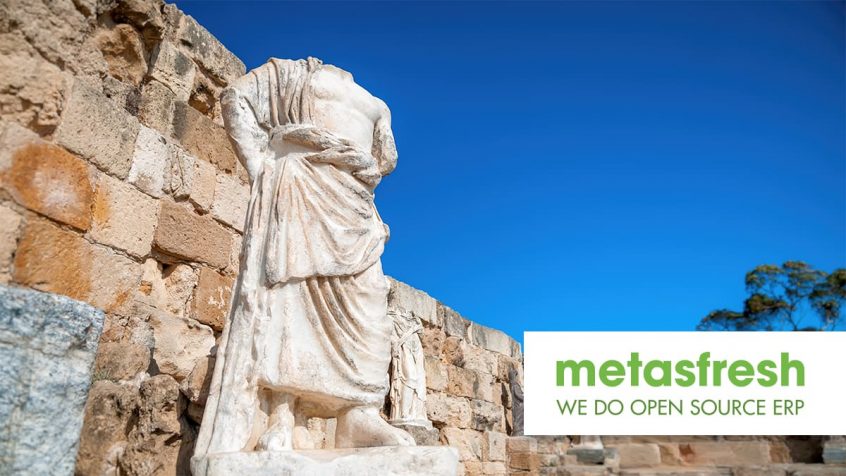Share this Post
It’s no secret that the COVID-19 pandemic has impacted virtually all aspects of daily business and daily life. In corporate settings, meetings in the conference room have been replaced by Zoom calls. At home, our children have been grappling with their schoolwork from the kitchen table. Remote work has shifted from a company perk to the “new normal” — the daily commute, a thing of the past for many.
The retail sector in particular has been at the sharp edge of the disruption. With brick-and-mortar stores forced to close their doors to comply with lockdown measures, high street sales all but vanished for many, many months.
Not all the news is bad, however. Out of necessity, consumer spending habits shifted online — meaning that retailers with ecommerce stores were able to continue to connect with, engage, and sell to customers. E-commerce sales, indeed, soared last year, gobbling up greater and greater shares of total retail sales in all corners of the globe, according to figures from McKinsey.
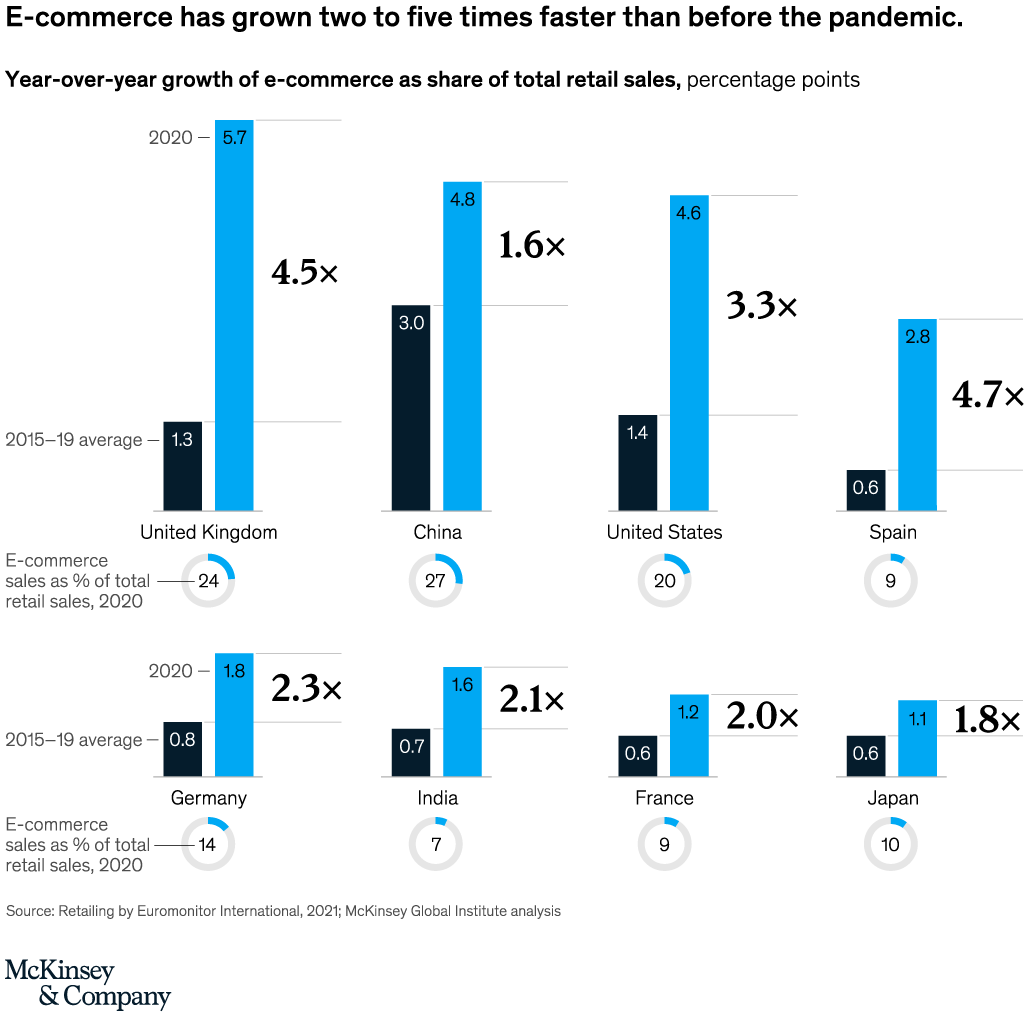
E-commerce has grown two to five times faster than before the pandemic. —Source: mckinsey.com
A separate study by SearchNode concurs. It found that as people were no longer able to visit physical stores during the spring lockdown last year, they switched to online shopping — 7 out of 10 shoppers spent more online due to lockdowns, resulting in all but 6% of the retailers surveyed witnessing an increase in online sales (50% even claimed that their online sales grew by more than 100%).

COVID-19 impact on ecommerce revenues DURING the global lockdown. —Source: searchnode.com
Yet this was just the start of the story. Even after lockdown restrictions eased and people could visit brick-and-mortar stores again, online retail continued to grow. 86% of SearchNode’s respondents reported that their online revenues increased post-lockdown — ranging from 1% to more than 200% compared with pre-covid times.
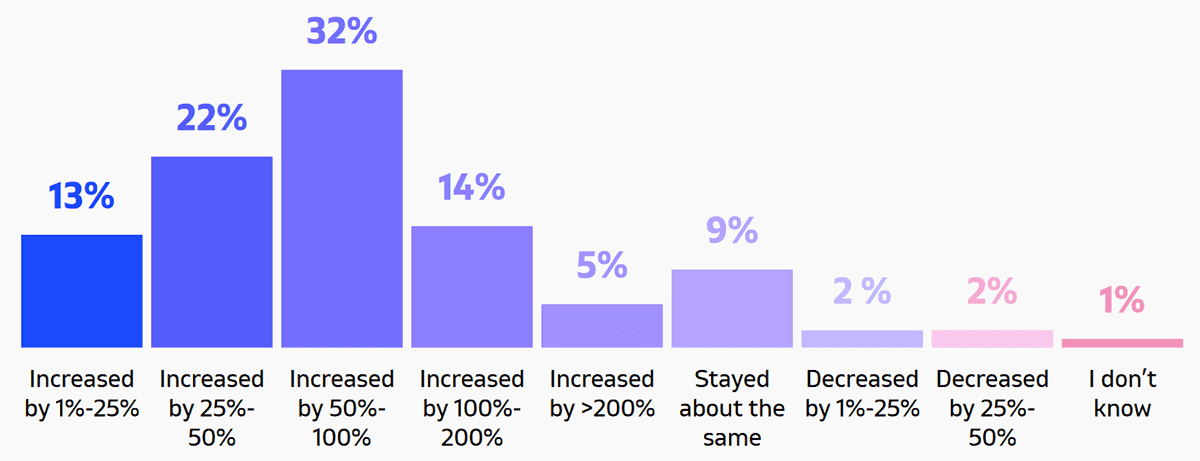
COVID-19 impact on ecommerce revenues AFTER the global lockdown. —Source: searchnode.com
The question is — will this trend continue?
Further research from McKinsey suggests that it will. The report finds that following an exceptional take-up rate for online shopping in 2020, consumers are eager to make even more of their purchases online in 2021. In particular, McKinsey notes, the 25% of consumers who already bought online at least occasionally want to increase their online purchasing even further — and the more often consumers bought online in 2020, the more likely they seem to be to increase their share of online buying in 2021.

Online becomes core. —Source: mckinsey.com
Why Small Businesses Need to Digitize
While big brands who already had strong ecommerce capabilities have been able to accommodate surges in online sales with relative ease, for small businesses, making the switch to online is a much tougher challenge. Nonetheless, in order to keep pace with this new reality of retail — which seems unlikely to revert back to pre-pandemic norms once the crisis is under control — it is a challenge that must be overcome.
Indeed, building an online store gives small businesses the opportunity to reconnect with customers they may have lost. In addition, as government guidelines on how many people are allowed inside a physical store at one time continue to chop and change, an online store has no such restrictions.
Customers who may still be understandably nervous about physical retail can be catered to safely with ecommerce — be it through at-home delivery or curb-side pickup. Ecommerce also gives small businesses a direct line of communication with their customer base — one that is not hampered by location, time-restraints, or lockdown restrictions.
And while, thankfully, the world of brick-and-mortar shopping is far from over, online sales are becoming a major part of the overall shopping experience for larger and larger swathes of customers. Small businesses that can digitize and expand into the ecommerce space can increase revenues and reach brand new audiences.
Digitizing with Headless Commerce
Of course, getting started with ecommerce is more than simply building a website and waiting for orders. The right tools are needed for the job — not least to ensure your physical business remains connected to your online arm across finance, accounting, sales, marketing, fulfilment, shipping, and operations.
The way to do this is through shared data that is centralised in an overarching business management system — your enterprise resource planning system, or ERP. ERP systems like metasfresh serve as the single source of truth for all business data — including inventory information, pricing information, transactional data, product data, category data, and order data — including fulfilment, status, refunds, and other information.
With an ERP system, the standout benefit is that it not only connects all these disparate functions together seamlessly, it gives you the complete helicopter view of your business — enabling you to branch out into new online avenues while retaining a complete and up-to-date overview of your entire operations.
Importantly, and as we discussed at length in our previous blog post, ‘Why Headless Commerce Is the Future of Digital Sales: And Why ERP Integration Is Crucial’, today, in order to make a success of ecommerce, multiple online sales and marketing channels must be embraced — online storefronts, mobile apps, ecommerce chatbots, IoT devices, etc. — to cater to the many different ways consumers like to explore product information and make purchases.
This has ushered in the concept of headless content management and headless commerce. Headless content management systems differ from traditional ecommerce systems, in which the frontend user interface or UI (i.e., the online storefront customers see and access via their web browser or native mobile app) is a direct result of what developers create on the backend. This creates complications and puts limitations on the number of different devices that content can be pushed to.
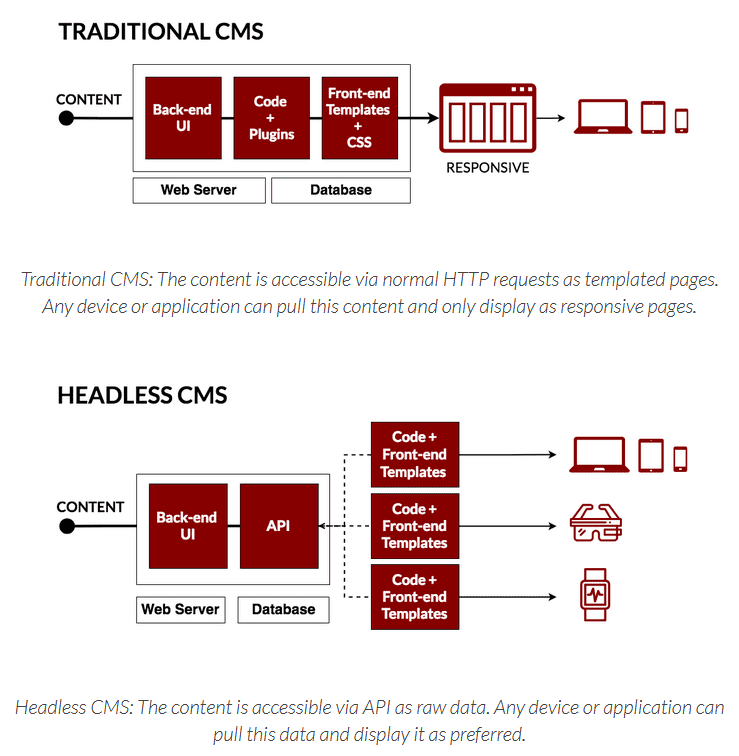
Traditional vs. Headless CMS. —Source: it-consultis.com
Headless ecommerce platforms turn this traditional approach on its head. With a headless platform, the frontend is decoupled from the backend. Instead, the content is published through application programming interfaces (APIs) — which means it can be published anywhere, on numerous different devices, and be presented in the most appropriate way as per those devices.
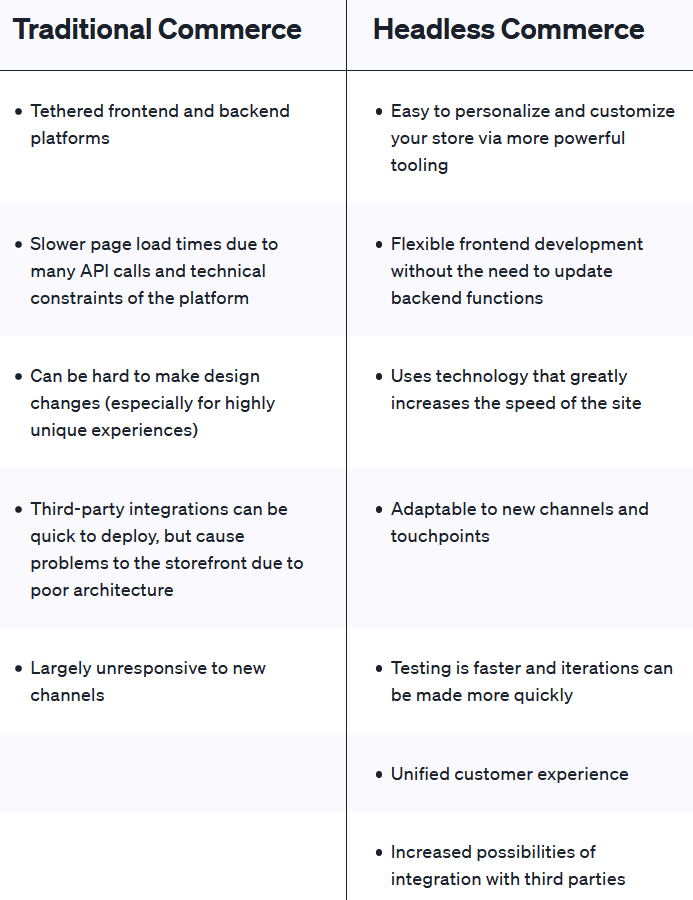
Headless commerce vs. traditional commerce. —Source: getshogun.com
From Headless CMS to Headless ERP
Headless commerce systems create a unified customer experience across all channels — while, with robust integration with a powerful, modern ERP system like metasfresh Cloud, the business is still able to keep all those channels connected tightly together.
The question is, can the advantages of a headless architecture be extended to benefit the ERP system itself, as well as its users? If we can have headless content management, can we have headless enterprise resource planning as well?
With a modern, cloud-based ERP system like metasfresh, the answer is — yes, we can. The fact is, that while there are certain high-level users of an ERP that need immediate access to all ERP functionalities to perform complex tasks, most users only need access to limited functionalities — such as those for shop floor tasks, inventory management, or, indeed, ecommerce sales.
With a headless architecture, it is possible to create an ERP system where task-specific UIs are designed and implemented independently from the backend — because the backend provides APIs instead of UIs.
This means that unique user experiences can be created for all end users, from warehouse managers to sales teams, HR, marketing, store managers, franchisees, and ecommerce customers. The ERP still plays the crucial central role, integrating and centralising all data from numerous systems and pushing it precisely where it needs to be in real-time, but the loosely coupled architecture means that fast, engaging user experiences can be created across the whole organisation, from the back office through to online stores and customer self-service — a complete, robust, and beautiful digital transformation for all.
Talk to us here at metasfresh about the digital transformation of your small business with metasfresh Cloud. metasfresh is a member of the Ecommerce and Cross-Channel Club Cologne (ECC Club Köln), which is managed by the Institute for Retail Research Cologne (Institut für Handelsforschung, IFH Köln). The Institute offers individual research projects with strategic consulting. It specialises in the areas of inter-company comparisons as a controlling instrument, enabling retail companies to recognise market developments, measure changes in customer behaviour, optimise sales and set the course for a successful future. The insights and knowledge provided by the Institute through market research and studies relating to cross-channel and online retail are incorporated in the development of metasfresh, meaning all of our users are always up to date on the latest ecommerce developments.
At metasfresh, our mission is to enable each and every company to access a powerful ERP system that supports digital transformation and fuels corporate growth. Get in touch today for more information and insights.
Share this Post



